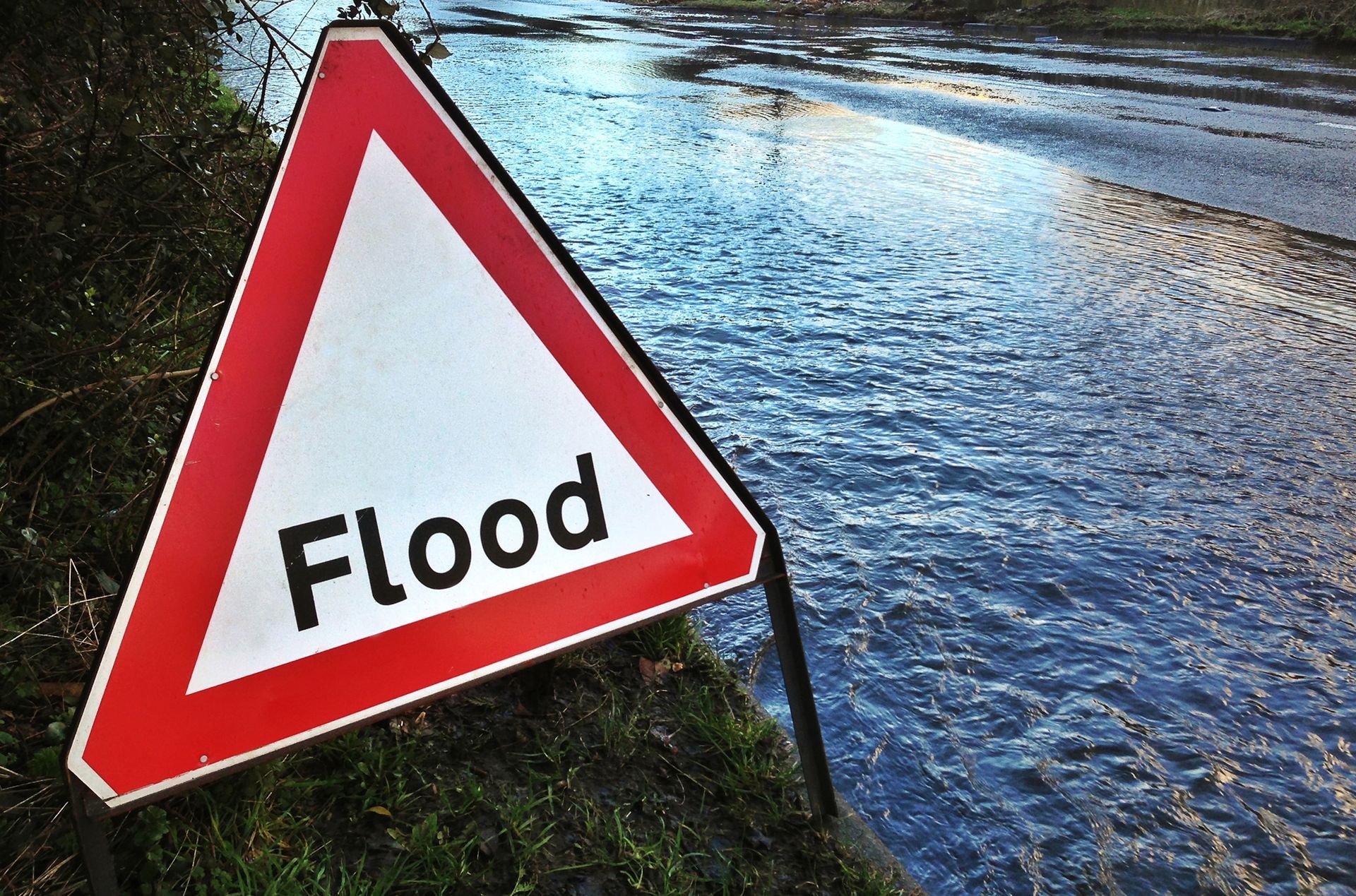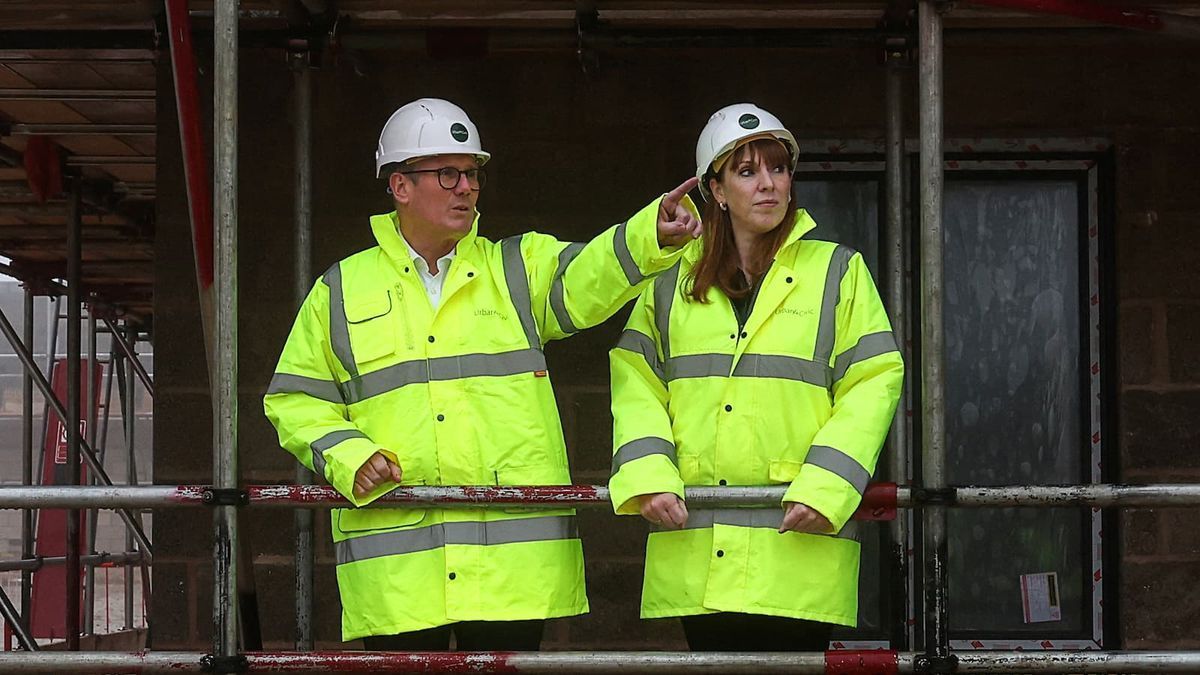Enviren Successful Flood Risk Assessment


Enviren has expertly designed the surface water drainage system and successfully argued that surface water flooding does not pose a concern for a proposed development in Standerwick in Mendip District, Somerset.
The scheme was for five caravan pitches which faced strong local competition. Enviren successfully argued that the project was not at risk of surface water flooding and provided the client with a successful alternative to soakaway drainage, where infiltration rates did not support their use. The proposals utilised flow control devices and sub surface storage to make a piped connection to an existing culverted watercourse, saving the client months on their planning application as well as money.
Can we help progress your proposals with a tailored flood risk assessment? Please get in touch with us to see how we can assist.

Nutrient Credits & Septic Tank Upgrades
Creating value through environmental solutions - In partnership with National Rivers Consortium
Share
Recent Posts



